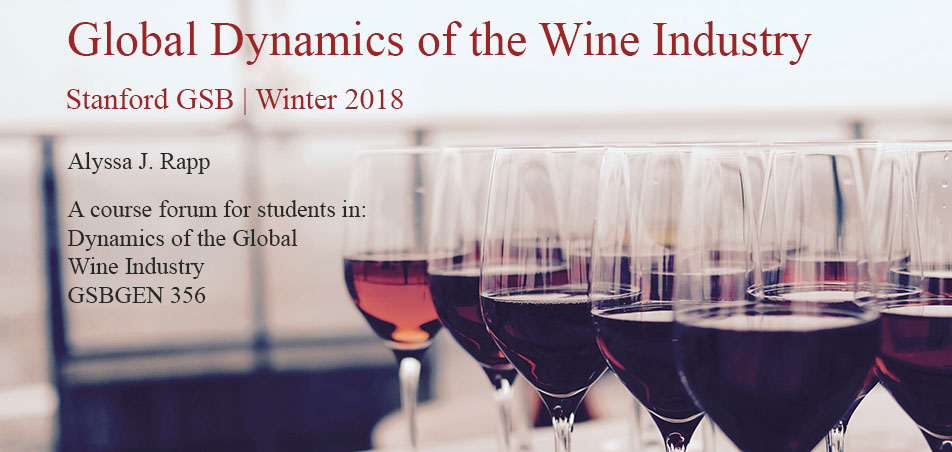I was struck by two comments made by Christine Wente during
our class on Thursday. First, she stated that she felt lucky they were above
the fray and selling for more than $15/bottle. This seemed to suggest that the
low-cost segment is very competitive, and most consumers are buying based on
price as opposed to brand reputation or loyalty. Shortly thereafter she discussed
how difficult it is for Wente to raise prices, and that they’re investing
a lot in their wines and probably not charging enough.
These two statements seemed contradictory to me. As one of
the oldest wineries in California, Wente is clearly established as a brand. If
consumers view it as higher quality, and they’re willing to pay above the ~$15 low-cost
threshold that Christine identified, why is it so difficult to incrementally raise
prices?
As I reflected on this question I began wondering if:
1.
The middle market is becoming more competitive? It was suggested that most mid-size producers did not want to be acquired by large players, and many are family businesses. Are mid-size producers going to continue to expand as multiple generations become involved in the industry?
2.
The difficulty raising prices stems from the
power held by consolidated distributors? It was mentioned that it was hard to
get attention from distributors if you weren’t a large brand. If the majority
of a winery’s sales are not direct to consumer, how much power do they have to
dictate pricing?
3.
The demographics of their customers are
changing? We discussed in our first class how boomers are the largest
consumers, but their consumption is slowing. Could replacement consumers with lower
disposable income be contributing to the problem?

No comments:
Post a Comment